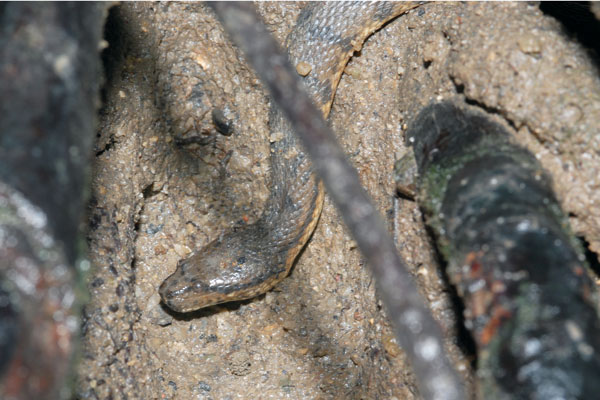While my colleagues are already enjoying their long deserved holidays, I set aside two weeks of my holidays for a MOE Teacher's Work Attachment programme. I have chosen the Raffles Museum of Biodiversity Research (RMBR) for my work attachment programme.
My work attachment period was 3 - 14 December 2012.
I chose RMBR as it was one of the places which I was interested to find out how specimens, after collected from sites, are processed, preserved, document and kept in a biodiversity museum. Furthermore, the work description posted for this organisation allows me to work with the available specimens to create educational materials.
However the museum's gallery was closing soon in view of the big house moving to the new Lee Kong Chian Natural History Museum, set for completion in 2014. There was not much of a need to create educational materials at the moment.
I spent my two weeks of work attachment in the wet collections section of the museum, helping out Siong Kiat, the wet collections' curator. Wet collections refers to specimens (mostly marine animals) that requires storing in preservation liquids such as ethanol and formalin (formaldehyde). Majority of the specimens I worked with are stored in 75% ethanol.
Here's the
blog post from RMBR about my work attachment stint with them.
 |
| Image capture of the blog post. |


